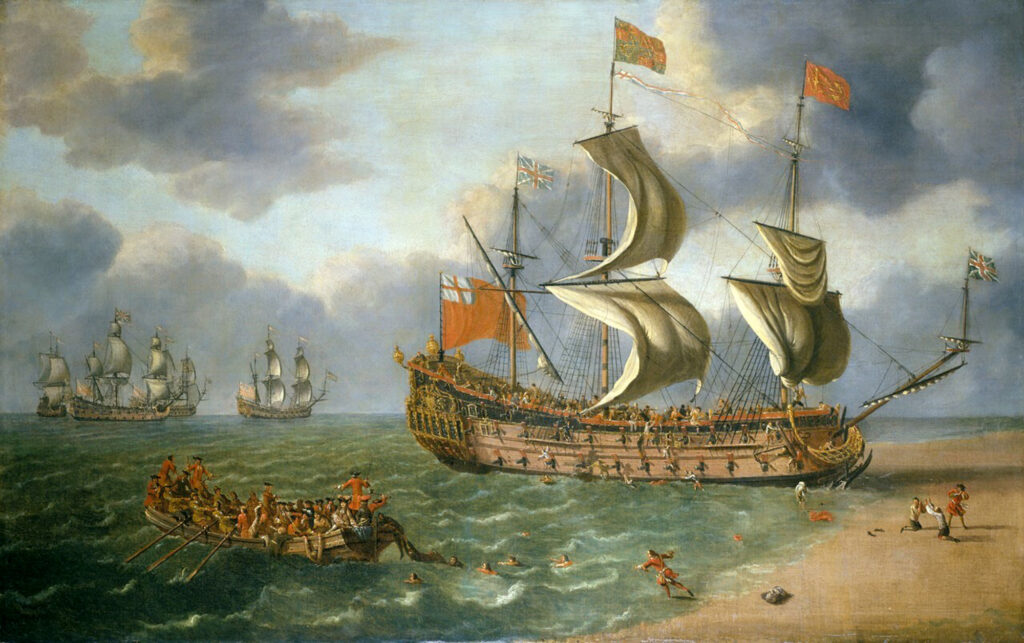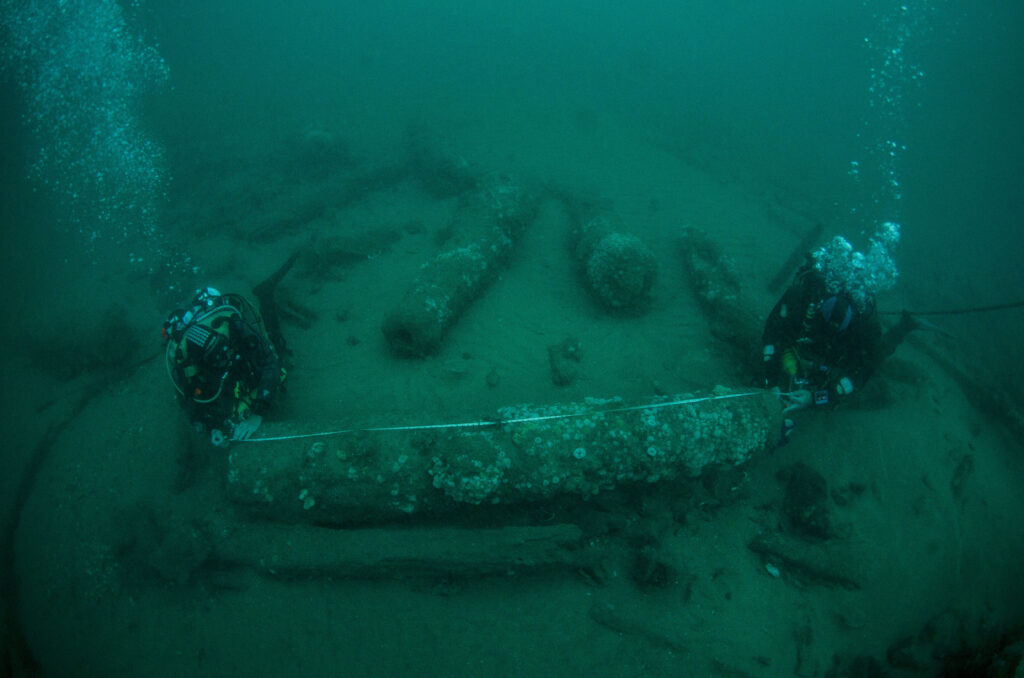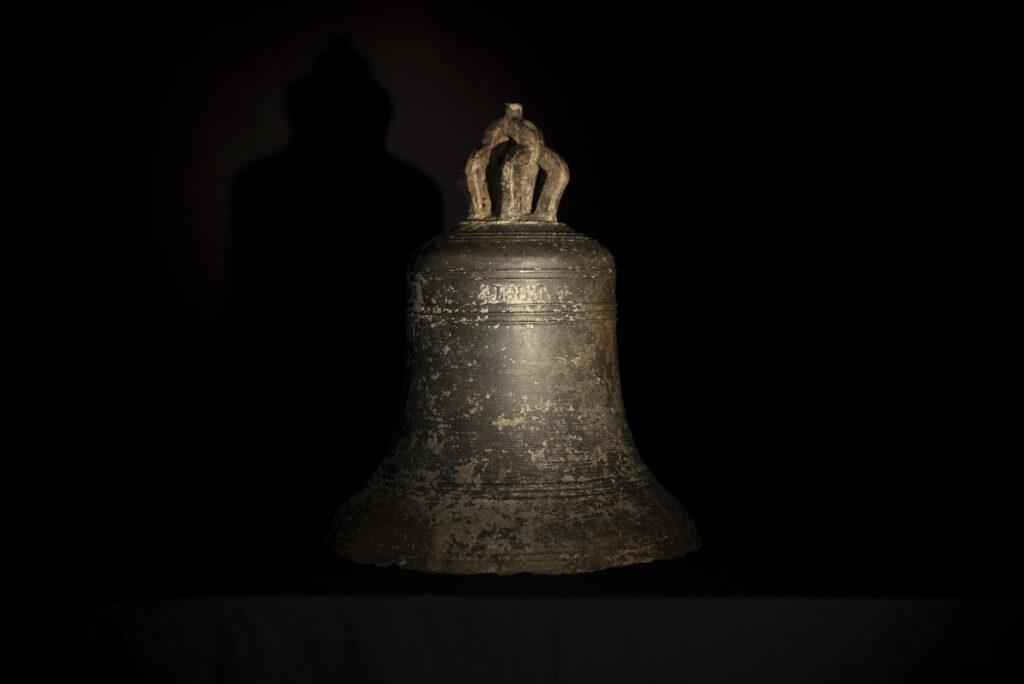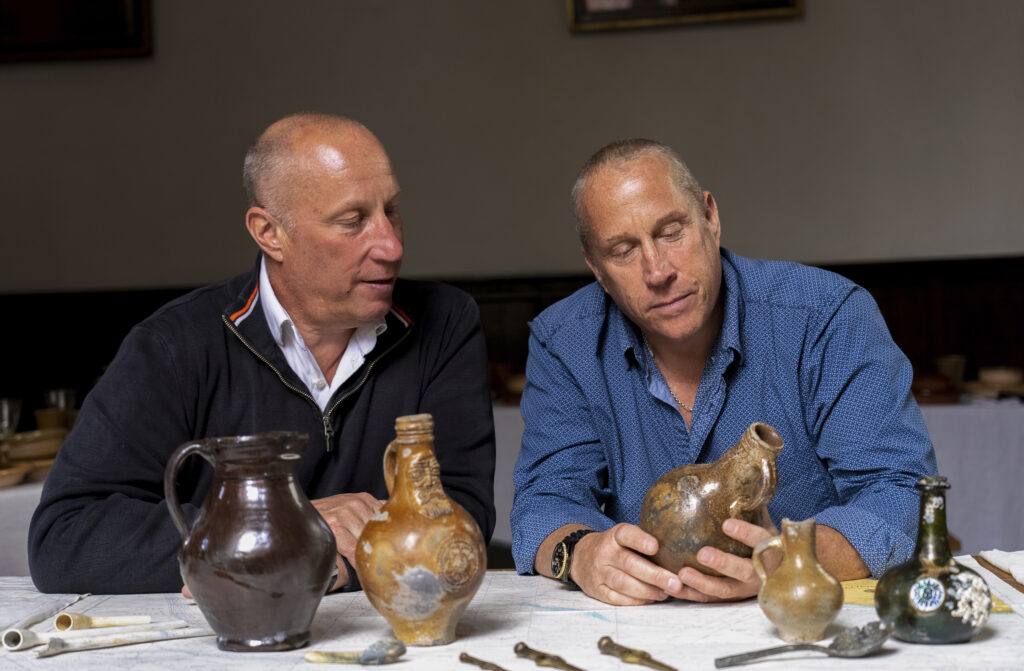The HMS Gloucester, traveling from southern England to Scotland, ran aground while navigating sandbanks off the town of Great Yarmouth on the eastern English coast, and the wreck has been found. The future king of England, James Stuart, the son of King Charles I, was aboard and survived the sinking. As reported by the AP:
The discovery was only made public Friday because of the time it took to confirm the identity of the ship and the need to protect the historical site
LONDON (AP) — Explorers and historians are telling the world about the discovery of the wreck of a royal warship that sank in 1682 while carrying a future king of England, Ireland, and Scotland.

The HMS Gloucester, traveling from southern England to Scotland, ran aground while navigating sandbanks off the town of Great Yarmouth on the eastern English coast. It sank within an hour, killing an estimated 130 to 250 crew and passengers.
James Stuart, the son of King Charles I, survived. He went on to reign as King James II of England and Ireland, and as James VII of Scotland from 1685 to 1688, when he was deposed by the Glorious Revolution.

The wreck of the Gloucester was found in 2007 by brothers Julian and Lincoln Barnwell and others after a four-year search. It was firmly identified in 2012 with discovery of the ship’s bell.
The discovery was only made public Friday because of the time it took to confirm the identity of the ship and the need to protect the historical site.
Claire Jowitt, an expert in maritime history at the University of East Anglia, said the wreck was “one of the important ‘almost’ moments in English history.” The Gloucester’s sinking almost caused the death of the Catholic heir to the Protestant throne at a time of great political and religious tension in Britain.

“If he had died, we would have had a very different British and European history as a result,” Jowitt said.
“I think this is a time capsule that offers the opportunity to find it out so much about life on a 17th-century ship. The royal nature of the ship is absolutely incredible and unique,” she added.
She believes the wreck is the most important maritime discovery since the Mary Rose, the warship from the Tudor navy of King Henry VIII. The Mary Rose capsized with a crew of around 500 in 1545 in the Solent, a strait between the Isle of Wight and the British mainland. A huge salvage operation brought it back to the surface in 1982.

There are no current plans to raise the wreck of the Gloucester because much of it is buried under sand.
“We’ve only just touched the tip of an iceberg,” Julian Barnwell said.
Artifacts rescued from the wreck include clothes, shoes, navigational equipment and many wine bottles. One bottle bears a seal with the crest of the Legge family — the ancestors of George Washington, the first U.S president. The crest was a forerunner to the Stars and Stripes flag.
An exhibition is planned next spring at Norwich Castle Museum and Art Gallery to display finds from the wreck and share ongoing research.
By SYLVIA HUI






